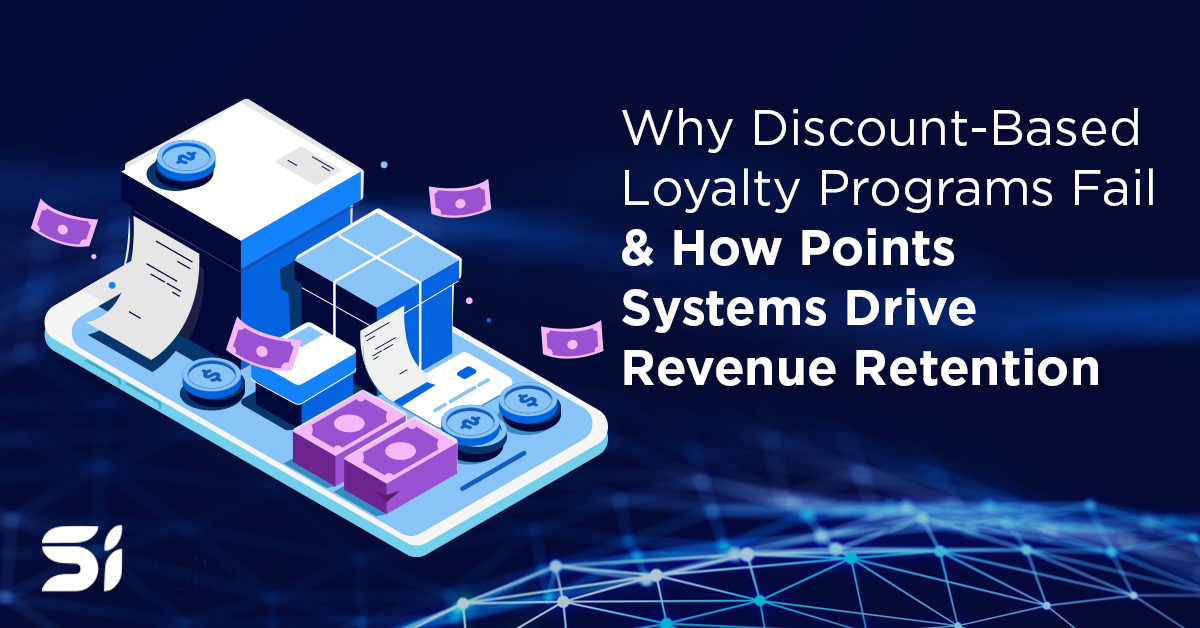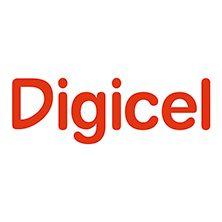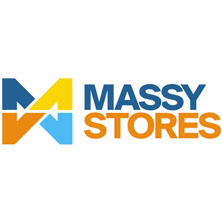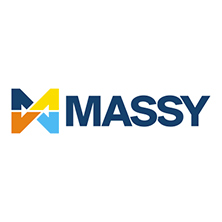To compare these two forms of marketing, firstly let us define the difference between agile and waterfall marketing.
Waterfall marketing can be summarized as ‘big idea’ marketing. The concept that your marketing team works on a massive campaign or concept for months, plans every single detail and executes the event at scale and launches your campaign, it runs for a set period, then it ends. Maybe it achieves some goals; perhaps it did not. It is essentially a waterfall of output in a fixed space of time. The process is decided down to the letter and your visual communications teams perfect every pixel. Commonly executed on radio, press, and tv, Waterfall marketing usually carries large budgets and once it hits the public eye, seldom changes and is inflexible, post-launch. Commonly measured by focus groups before and after the campaign, it is also hard to grasp the overall effect of Waterfall marketing campaigns.
Enter Agile
In short, the Agile model is a more flexible, adaptable, and focused on the success of shorter, more specific project timeframes, while the waterfall model is more rigid and doesn’t allow testing until the end of the marketing cycle more of the time this approach is not a feasible option for modern businesses.
The concept of Agile originally comes from programmers; it is used as a model in software development since the early 1990s. More recently, modern marketers have realized this approach could also be beneficial in marketing. Before you adopt a marketing model, analyze your business thoroughly, and choose effectively. Here’s a review of both:
Agile marketing
Agile marketing is an intelligent marketing approach employed by modern companies. Cross-functional marketers identify high-value projects leveraging data and analytics in real-time and focus their combined efforts to deploy, evaluate, and optimize these projects in a short timeframe to boost results.
How to go agile
Should you change your business model and go agile? The marketing model is best suited for modern businesses. Here’s the catch:
Understand your business landscape
Is your business model suited for agile? Are you willing to experiment with alternatives? Dive into this only when the agile model suits your business objectives. The key is to determine the profitability of agile marketing for your business before making the shift.
You need to collect data. Imagine launching a marketing technique without customer data. You would be taking a shot in the dark, which wouldn’t be as fruitful as if you took the time to do your research. Use data to deploy, measure, and iterate the right agile marketing campaigns.
Choose the right agile framework
Deciding on the right structure is essential in your agile marketing journey. Choose between the following:
Kanban: This is a more direct, agile framework used to implement marketing projects, requires real-time communication and transparency of the flow. Marketers use the Kanban board and cards or sticky notes to visualize and optimize the workflow.
Scrum: Designed to maximize marketers’ ability to deliver quick projects results, respond to changing requirements, adapt to the evolving technologies, and market needs. Scrum cross-functional marketers develop short project timeframes or sprints of one to four weeks, which act as the projects marketing cycles.
Scrumban: This method evolved as a hybrid of Scrum and Kanban marketing frameworks. It’s effective since it gives marketers the flexibility to adapt to the production and client’s needs. The combination of Scrum’s flexibility and Kanban’s visualization makes Scrumban a dynamically beneficial framework for workflow management.
Deploy a pilot project
Organize a small group of versatile marketers for a pilot project. Select an area in your business suitable for a test case that allows you to gain insight and scale your agile marketing. What a pilot program does is it enables you to prove and refine your agile marketing process.
Learn to document your results and develop an agile marketing method best suited for your business. Once you have amassed enough marketing data to guide the campaign plan, you can launch a series of appropriately targeted marketing campaigns.
Leverage analytics to scale
Your business needs to be sufficiently agile before you think of scaling. When your marketing team overcomes the first few hurdles to agility and is able to execute excellent project collaboration and output practices, then, it’s time to think of scaling your business.
However, you will notice that scaling quickly can make the transformation daunting since the marketing team undergoes their learning curve at the same time, which usually leads to low creativity.
An example of agile approach
Merilee is the managing director of Merilee Pharmaceutical Company. She noticed that sales were dwindling because of the competition and ineffective marketing techniques, among other factors.
To turn the company around, she realised the need to go agile. Previously, the marketing team had an annual budget, annual plans, and highly specified marketing projects. These parameters were too rigid to result in the relevant, creative marketing that she needed.
The first thing she did was implement Scrum marketing framework. She then chose a pilot team for the marketing campaign. The team developed short sprints of two weeks and worked hard to meet the laid plans.
Instead of the marketing leader controlling the project flow, he was made aware of the goal of the project. The team was given the liberty to decide the best methods of achieving this goal and as a result were given the space to become more strategically creative. They also became aware of the expectations entrusted to them and their value to the company. Daily meetings ensured that the entire team was always up to date and on the same page.
In no time, Merilee was able to turn the company around, amass a vast customer base and close more sales as a result of the fine-tuned process.
Agile marketing pros
Agile model is suitable for most modern businesses because of the following reasons:
Customer satisfaction:
- The agile model allows marketers to hone in on feedback from the customers and tailor their marketing efforts toward meeting their ever changing needs and inquiries. If customers make complaints about the efficiency of a product or service, the marketing team can work with all departments of the organization to ensure products are on par with the customers’ expectations.
Prioritization of highly performing tasks:
- Marketers can deploy iterative techniques and choose the most impactful outcomes; this results in more customer-focused deliverables. If marketing efforts are customer-focused, the marketing process becomes more effective and efficient.
Adaptable:
- To stay afloat in the ever-changing business landscape, you should employ a highly dynamic marketing model that allows you to respond to change efficiently. Agile marketers employ quick turnarounds and the ability to refine spend to meet varied customer needs.
Highly productive:
- Agile allows small team collaborations on specific tasks within the marketing model leading to innovation and an uptick in productivity.
- Small groups in the workflow regularly measure marketing results to see which ones perform best and optimize them for better conversions.
Cons of Agile Marketing
Quality does not need to be perfect:
- Because marketers focus more on producing results, they might fail to implement effective planning strategies (unlike the waterfall model, which carries out careful planning and documentation) causing results to lag and execution and effectiveness can dwindle.
Sprint speed might not be fruitful:
- Sprint planning is dividing the marketing process into small portions to enable smooth completion within a set time. If marketers focus more on the success of the sprints, it might cause them to lose sight of the end goal.
Waterfall marketing
It’s a traditional marketing model used to create a linear and sequential marketing process. The term waterfall is derived from the fact that the marketing phases in the model are systematically interconnected in a downward fashion without overlapping, this usually results in one big campaign that is executed with lots of activity which over time dies down.
The marketing model tended to work in businesses that have highly structured environments. It’s costly to make adjustments after-the-fact in this model because of its rigidity. The waterfall process includes gathering marketing requirements and correct data, planning, testing, and managing the process.
The simplicity of the waterfall model
Only 25.5% of manufacturing companies use the waterfall model because of its rigidity. Traditional businesses applied the marketing model because of the following reasons:
It’s easy to understand: the marketing phases in the model are distinguished and understandable to every member of the marketing team.
Saves time: Since each marketing phase in the whole marketing cycle has a deadline and well-laid plans, marketers save time implementing each.
Easy management: The review of each marketing phase is rigid and has specific deliverables making administration easy. One completed step leads to another.
Low training costs: Since the model is easy to understand and implement, marketers spend less money on training marketing teams.
It’s predictable: Each phase has clear deliverables that you have to hit before moving to another, which can easily lead to the attainment of the end marketing goal.
Despite all the pros, the waterfall marketing model fails to meet current marketing needs. It fails to be effective in dynamic modern businesses that rely on real-time data to launch fruitful, relevant marketing strategies. Read the reasons below:
Cons of waterfall marketing model
Excludes the end-consumer:
- The client is only required in both ends of the project. The client can’t communicate additional requirements when the marketing implementation kicks off; this makes the model less user-friendly because the customer should be central in any marketing plan.
Testing only happens in the completion phase:
- It’s not effective to test a marketing project in the completion stage because one phase might be misaligned; making the whole marketing plan ineffective.
Not flexible:
- This model does not adapt to changing insights. Once the marketing workflow is in the testing phase, you cannot go back and change the planning concept.
Why agile is a better marketing model for your business
A report conducted showed that agile marketing projects have a 64% success rate. On the flip side, waterfall marketing projects had a success rate of only 49%. Agile works well with diverse marketing teams. Also, on the project completion rate, 28% of marketers felt it was because of going agile.
The waterfall model result in linear marketing processes that are rigid. Also, the marketing team defers the feedback and testing of the results until the marketing project is complete. It’s quite a setback for this model because when marketers fail to implement one phase properly, the whole idea might not see the light of the day.
In the agile model, marketers can control the short sprints, test them and improve on the next sprint, which is much more efficient. Also, the model is more adaptive and flexible compared to waterfall marketing.
Once research shows that campaigns aren’t performing well, the data-driven insights can result in more viable content. That isn’t the case with waterfall marketing, which is too rigid to allow changes in the marketing structure.
In the modern world, digital marketing has overtaken traditional marketing. Speed, transparency, flexibility, and liability are all that modern marketing processes aim to employ to stay ahead of the competition. The agile digital marketing model delivers it all.
One last thing…
For the past 12 years, Simply Intense (Si) Media has helped many business plan, execute, analyze, and manage effective marketing delivery. Do you want to leverage our marketing solutions to grow your business? Contact us today.













